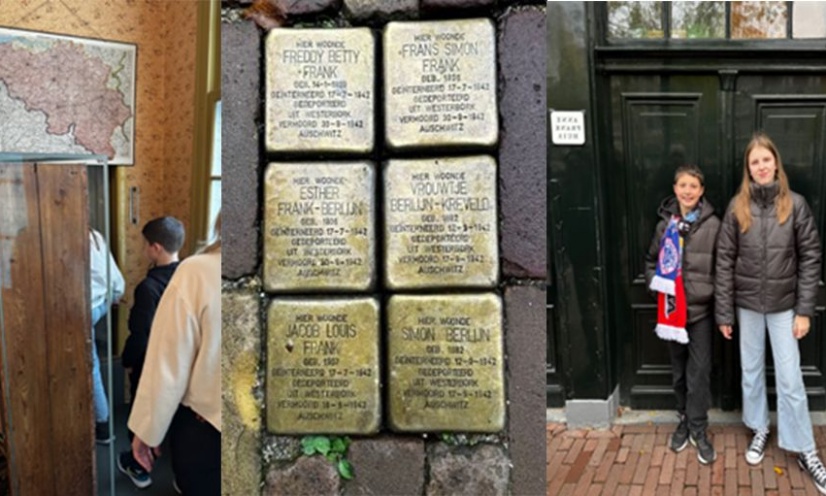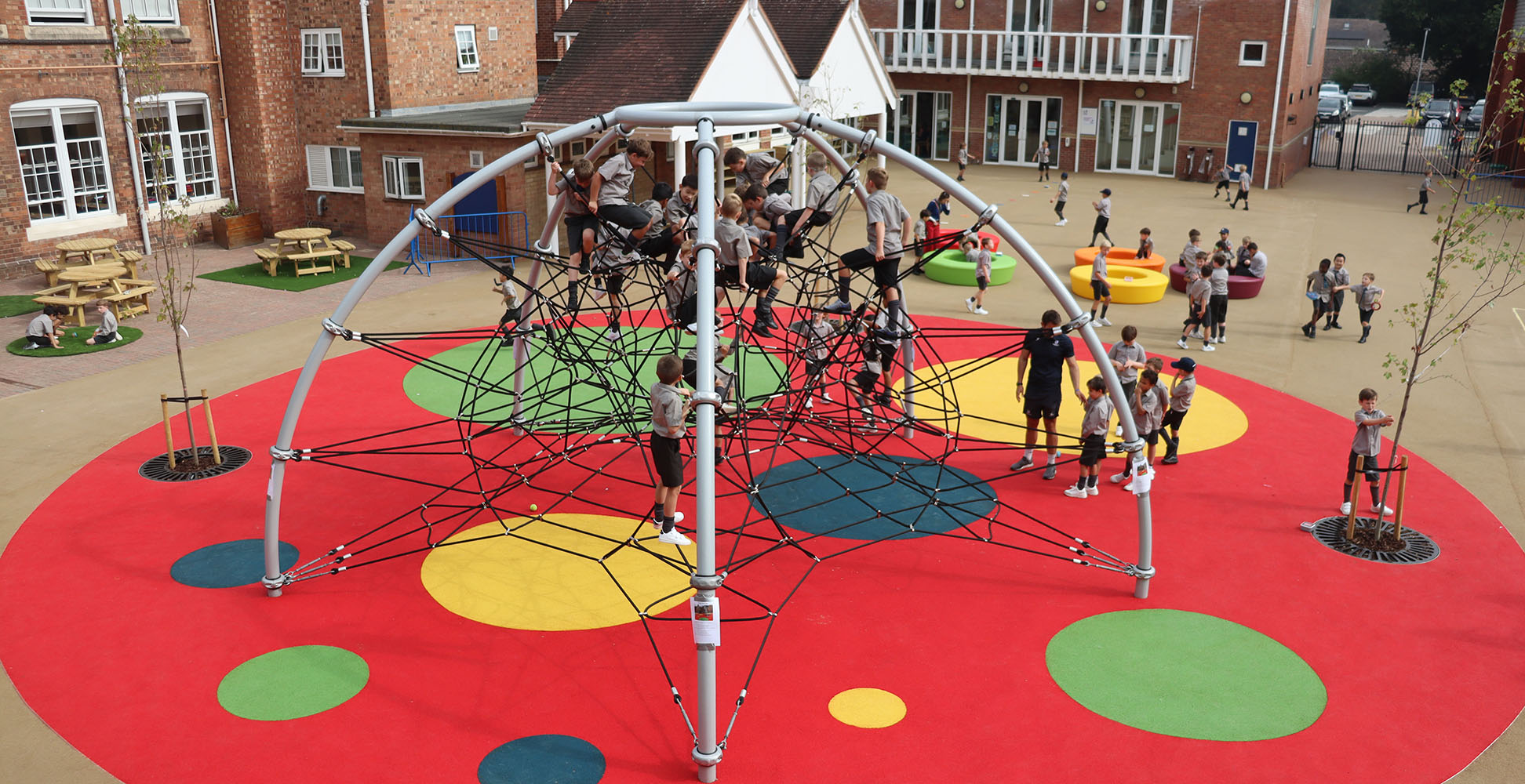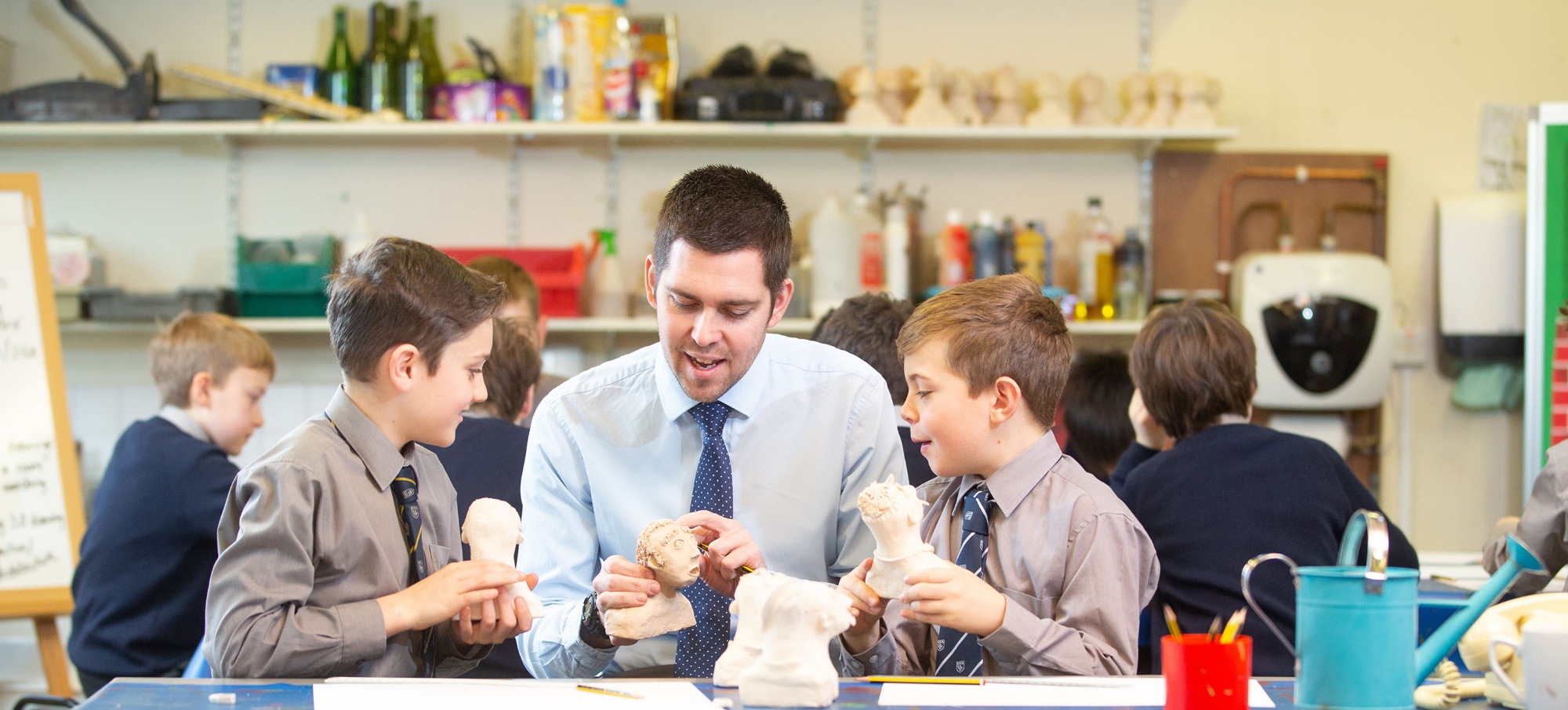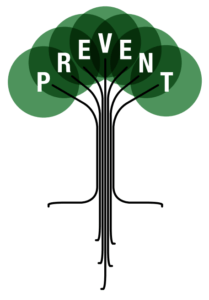My Trip to the Anne Frank Museum - By Henry in 6S

We drove to the Netherlands at half-term and on the way we listened to Anne Frank’s Diary. It was very interesting and I learnt a lot about the war, but at the same time I felt awful for the Jewish people because they were completely innocent and all of a sudden they were being hunted down for no reason.
Before we went to the museum, we were walking along the side of a canal in Amsterdam and we unintendedly found brass cobblestones in the ground - not knowing what they were, we went to investigate. On closer inspection, the surname of Frank was on them, so we think they were relatives to Anne – these were amazing to see as we weren’t expecting to see them. Since doing some research, these brass cobbles are called Stolpersteines and were set by a German artist called Gunter Demnig. He has set more than 50,000 brass cobblestones into pavements in front of buildings from which Jews were deported in 18 European countries.
When we got to the museum, we were given an audio headset that explained everything as we walked round. The house that they hid in was called the annex and it was behind the warehouse building that Anne’s father, Otto, once worked at. The Annex was a separate house at the back of the warehouse while being connected, and the entrance was through a disguised bookcase.
In Anne’s room, the bed was so small that she had to put 2 chairs at the end so she could fit. On show in the room were posters that Anne had put on the walls herself, which was incredible to see. I can’t believe they spent 2 years not going outside and living in this small space.
Her actual diaries were displayed as well - there are 2 versions, as she re-wrote the 1st version to make it more finished. The reason she started the diary was because she wanted to be a journalist and heard about a competition being run by a newspaper, who were asking people to send in their first-hand accounts of the war.
The Nazi’s found the Franks hiding place on the 4th August 1944, and her last diary entry was on August 1st, 1944. Anne and her sister were taken to Bergen-Belson and her Father and Mother were sent to Auschwitz - I can’t imagine how scared they would have been.
Out of the 8 people who were hiding in the annex, only Otto Frank - Anne’s father – survived, and he published Anne’s diary in 1947.
In conclusion, the museum was very factual and interesting, and I highly recommend it if you are in Amsterdam.














